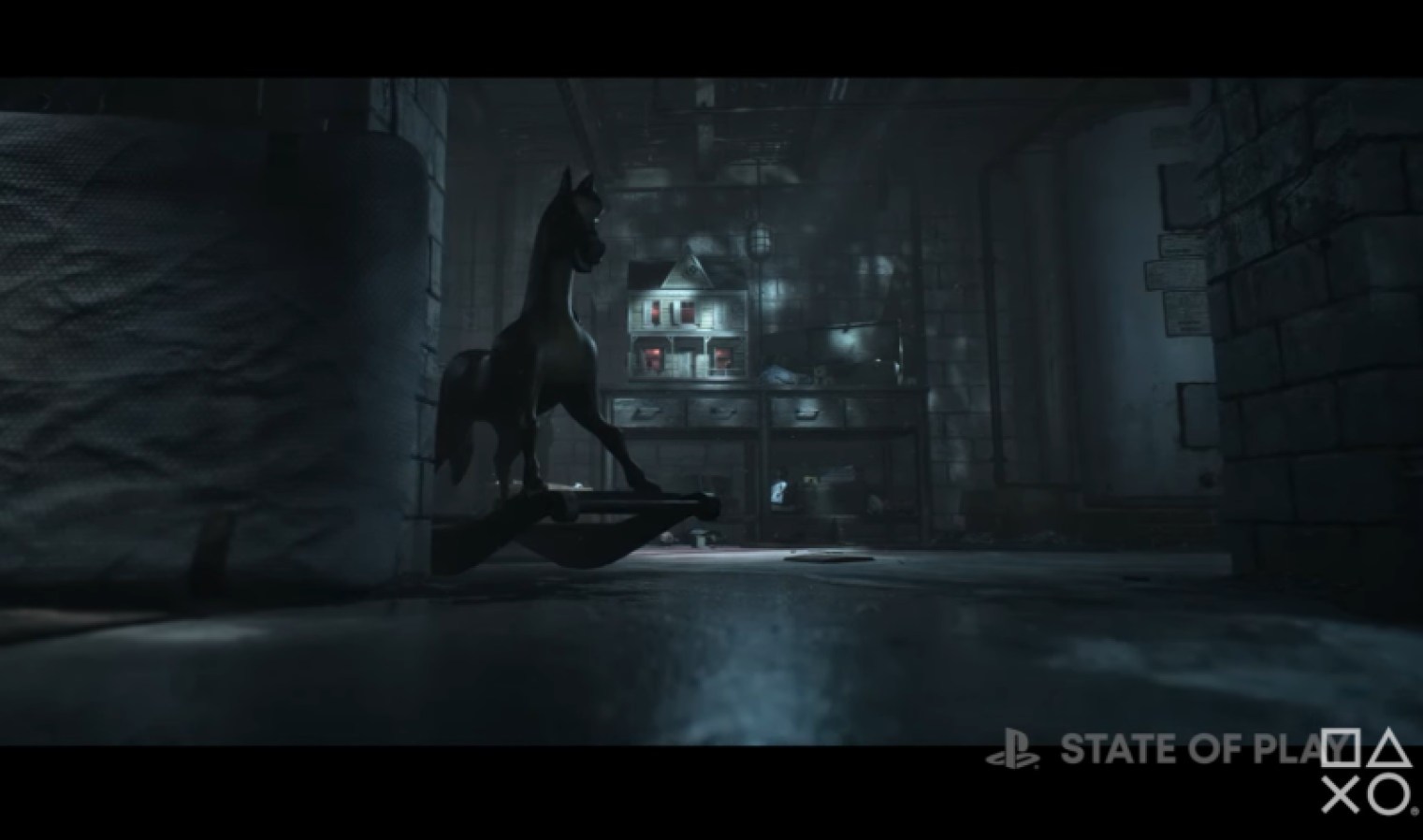What’s old is new again, as psychological horror game Until Dawn is getting a remaster from Ballistic Moon for Sony on the PS5 and PC. It is coming in 2024.
Sony showed off an extended trailer of the game at its State of Play event, showing off PS5-quality scenes from the 2015 game that debuted on the PS4.
The game has a lot of the same characters, though it’s hard to if the same voice actors will be part of the reprise. Until Dawn was my favorite game of the year for 2015, and it was amazing for the time at how good a job it married Hollywood and games.
Such collaborations have been tried for decades with underwhelming results, and this title could have been just one more cheap game version of an easily forgotton Hollywood horror B-movie. But in 2015, the collaborators at Supermassive Games and horror film writers and directors Larry Fessenden and Graham Reznick took their time to craft an ingenious and intricate story, and they made full use of the next-generation console’s ability to create realistic human characters that really look like people in a horror movie.
The result of the four-plus years of work was a riveting, scary game that gives you a chance to save the characters in the story from making all-too-familiar mistakes in horror movies.

Because the story is interactive, the experience is much more immersive and emotional. You can get to know the characters and feel much closer to them as they evolve, unlike the stereotypical characters who fill the body count in typical slasher movies. In the story, eight young adult friends are trapped on a remote mountain getaway after they find that there’s a killer loose among them. Your job is to make snap life-or-death decisions and save as many of them as you can as dawn approaches.
On the scary meter, Until Dawn ranked pretty high, as the creators actually tested the game with playtesters who were hooked up to biometric monitors. If a scene didn’t scare people as much as it could have, the developers went back to the drawing board. I measured my own pulse myself during part of the game. After one “jump scare” scene, my pulse shot up from around 70 to 108 beats per minute. I had plenty of little heart attacks while I played the 10 episodes of the game — twice.
But the title wasn’t just about scaring the crap out of you. It also makes you ponder the relationships between characters and why you try harder to save some characters than others. The choices are not always black and white.
It’s also a story with a lot of foreshadowing and multiple layers. There’s a meta layer in the story where an analyst starts questioning you, the player, about how you think the “game” is going. The conversations with the analyst are just one part where you realize that nothing is as it seems on the mountain. And as the characters and story change, you realize that Until Dawn isn’t as predictable as you thought.
The game mechanics were similar to Heavy Rain and Beyond: Two Souls, where you have to periodically make binary choices, like hiding or running, to save someone’s life. You also have to be able to press the PlayStation controller buttons quickly and accurately in fast-moving situations. If you miss enough times, you may be sending a character to his or her death.
But the interesting twist that Until Dawn brings to the plot is the theory of the “Butterfly Effect,” or the chaos theory idea that suggests a small change in a system’s initial conditions can result in huge variations in a later state. The name was coined by Edward Lorenz, and it comes from an example where the flapping of a butterfly’s wings can cause subtle changes that affect the path of a hurricane weeks later.
In the game, your smallest and biggest decisions can affect the outcome of the evening and who will survive “Until Dawn.” Sometimes, seemingly trivial choices will mean the difference between survival and death. The title kicked off a series of horror games that Supermassive is still making to this day.
VentureBeat’s mission is to be a digital town square for technical decision-makers to gain knowledge about transformative enterprise technology and transact. Discover our Briefings.

